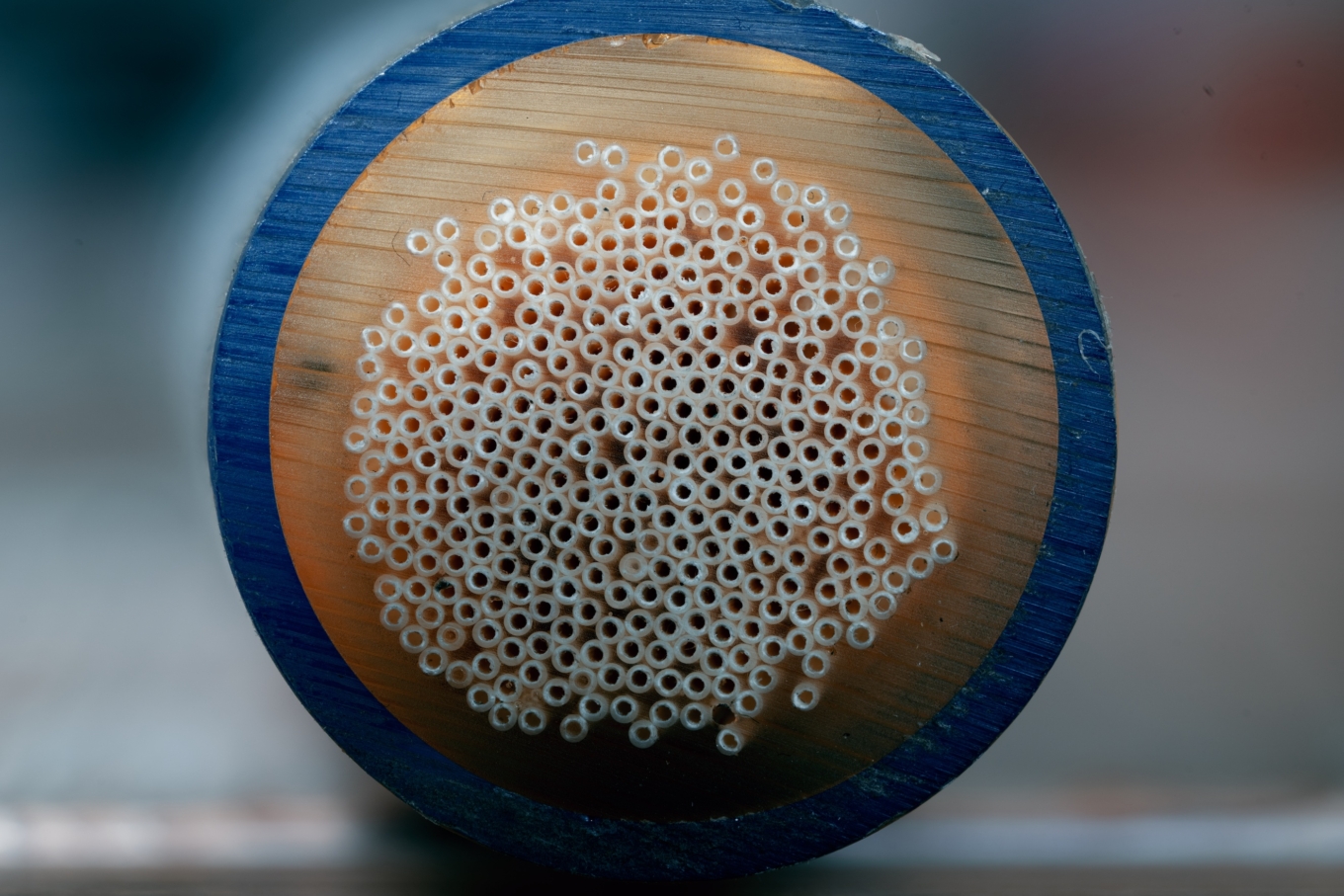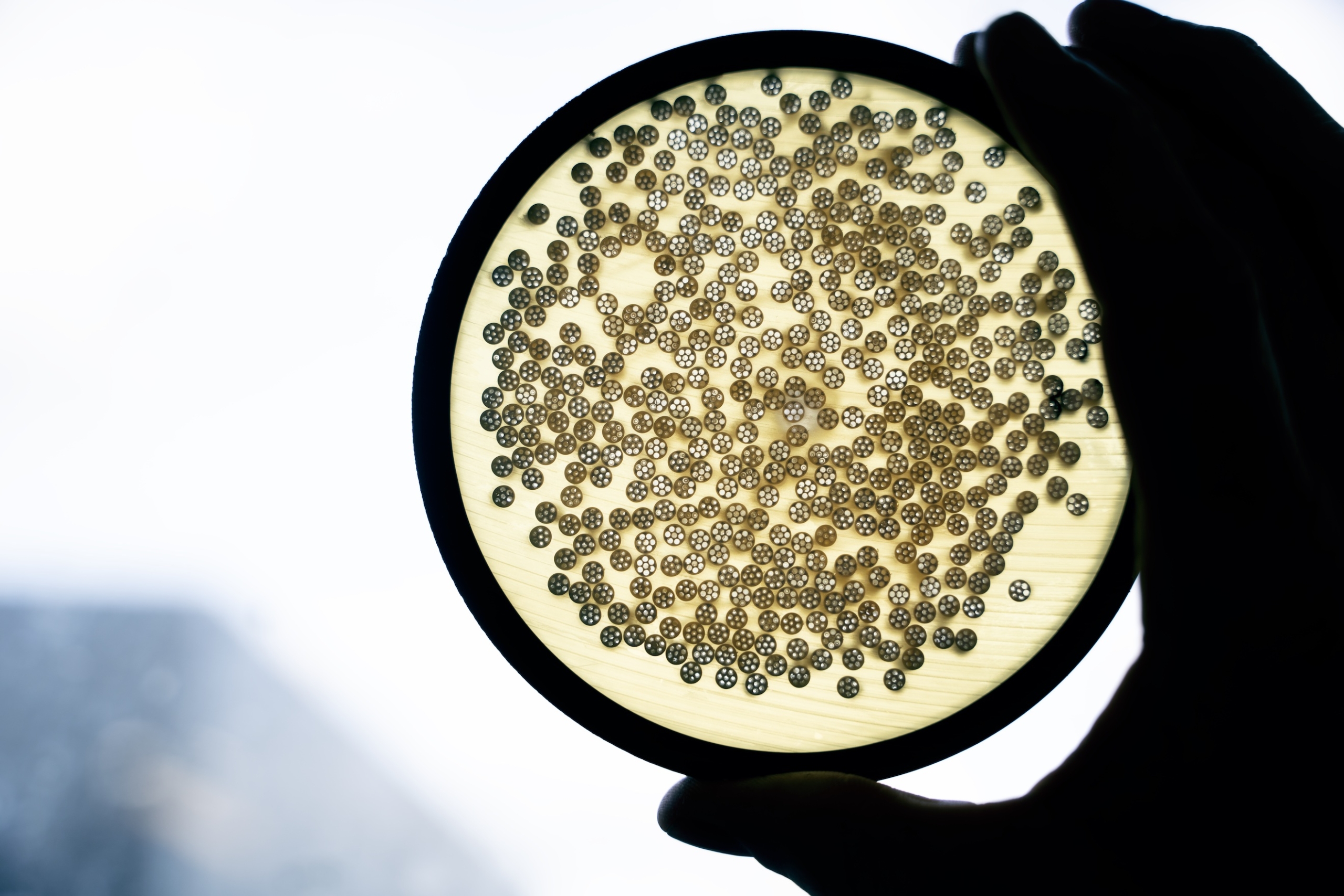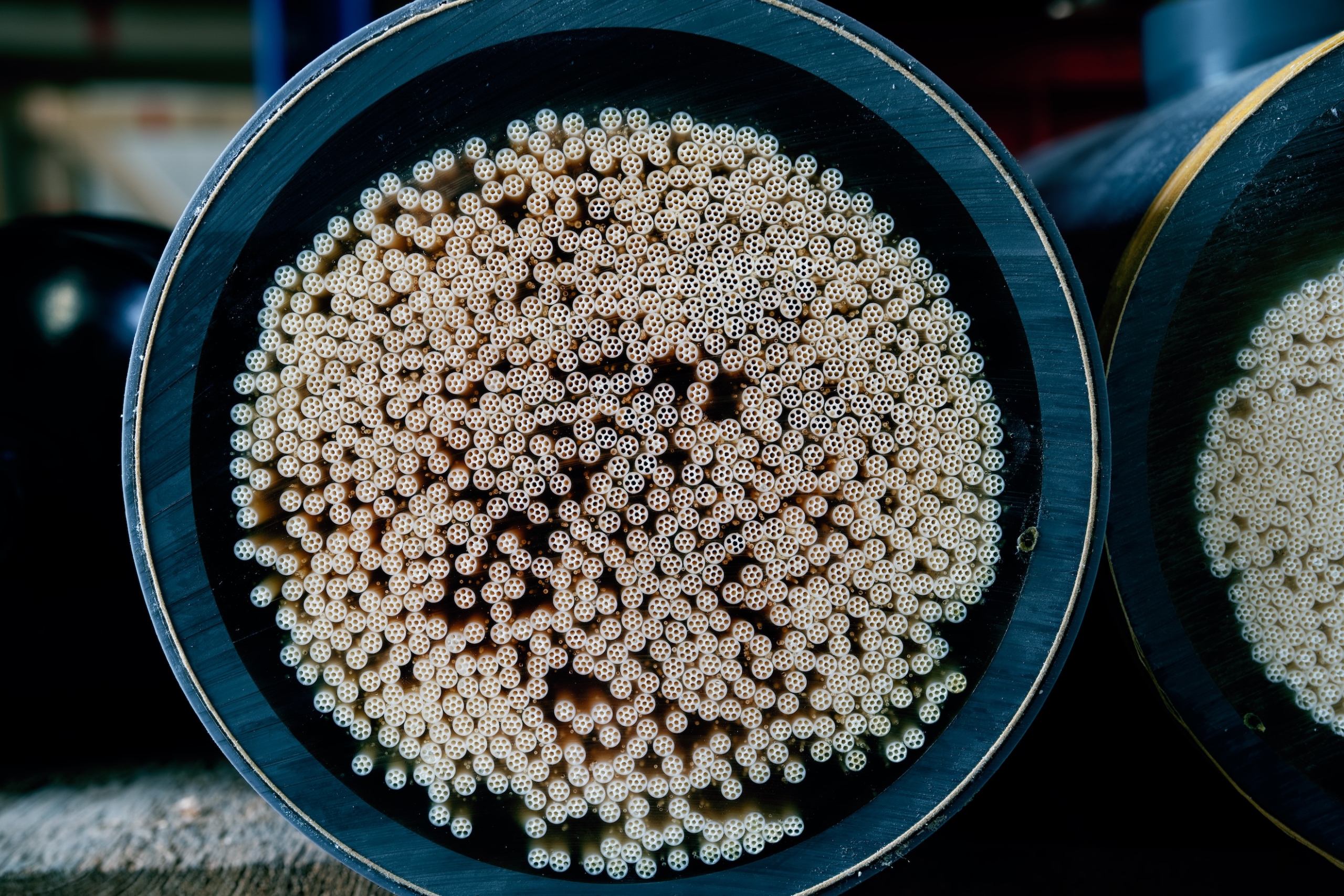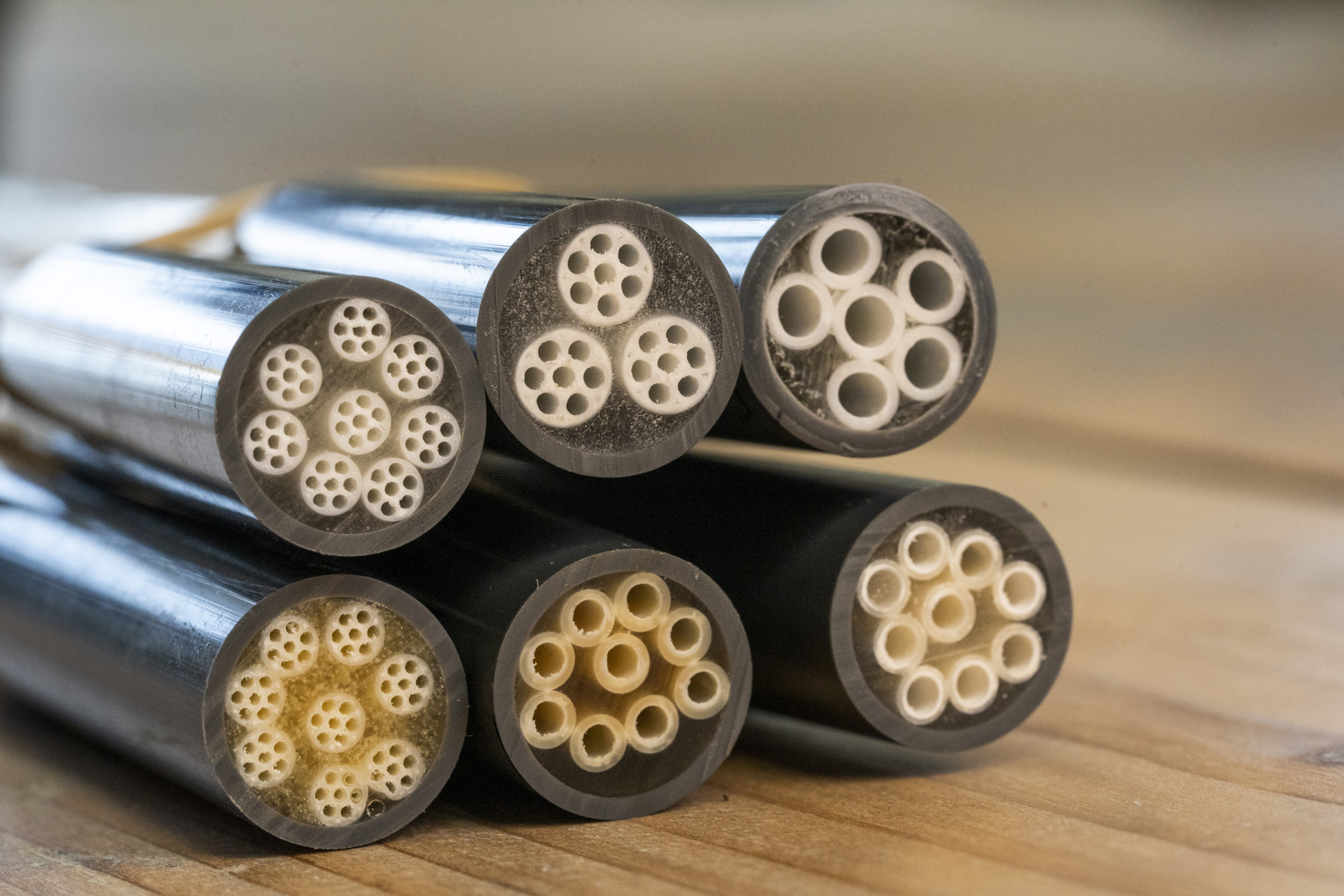
What is nanofiltration?
The filtration spectrum below shows that ultrafiltration is succeeded by Nano filtration. NF is defined by a pore size of about 1nm (0.001μm) and a cutoff of 150 to 500 Dalton. In comparison, the pore size of PB membranes is about 10 and 20 nanometers (0.01-0.02μm).
Nanofiltration can occur in the following forms;
-
- Hollow Fibre
- Tubular
- Spiral wound
- Flat plate shape
In the top paragraph, the term cut-off was dropped. The cut-off of a membrane indicates the extent to which the membrane can trap molecules and is expressed in Dalton. Thus, an NF membrane stops all molecules larger than 150 to 500 Dalton. PB membranes have a cutoff of 100-150 kda, which is translated 100,000 to 150,000Dalton.
Nanofiltration is thus capable of removing molecules, dissolved particles. This includes, for example, some of the salts, minerals and hardness (Ca and Mg). Nanofiltration is also well suited to capture the complete range of humic acids. Ultrafiltration can capture part of the humic acids, so this has everything to do with the molecular size of the humic acids per site.
Nanofiltration is a technique that is becoming increasingly popular, the following applications can be considered;
- Wastewater Treatment
- RO pretreatment
- Reduction of color, turbidity and tannins
- Demineralization
- Process water
Nanofiltration has very small pores, which also requires a relatively high pressure. NF quickly requires a minimum pressure of 6 bar. PB can supply custom NF modules in addition to MF and UF.


